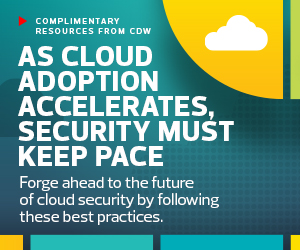- Finances. Financial institutions often have huge investments in legacy technologies, which can make cloud moves costly as firms look for ways to bridge the gap between legacy functions and cloud-based applications.
- Aversion to risk. Financial institutions tend to have conservative and risk-averse mindsets, meaning that even though the cloud has multiple benefits, they may still hesitate. “When it comes to technology, many financial institutions are followers — they won’t be first movers,” Liu says.
What Benefits Can Financial Firms Find in the Cloud?
Some financial firms’ cloud hesitancy stems from a lack of clarity about its benefits, but
Liu says the cloud offers multiple advantages for financial institutions. First is speed of delivery; he notes that “the cloud can hasten the rollout of new digital financial products to customers and shorten the time from product development to delivery.”
Organizations can also access on-demand scalability to support high-volume, high-throughput financial transactions, accelerate digital transformations to reduce legacy system debt, make better use of emerging technologies such as artificial intelligence and blockchain, and reduce IT operating costs.
With compliance regulations continually evolving, Meng notes that financial institutions “need to consider how to deploy data security and data privacy effectively and determine how they’ll exchange encrypted data with external companies in the public cloud environment.”
What Are Some Security Suggestions for Firms Shifting to the Cloud?
When moving to public and hybrid cloud solutions, Liu suggests using several technologies to minimize compliance risk.
- Homomorphic encryption. Advanced homomorphic encryption, which allows computing over encrypted data without requiring the decryption key, can help financial firms maximize efficiency without compromising security.
- Secure multiparty computation. According to Liu, secure multiparty computation deployments make it possible to effectively share encrypted data with external parties while remaining compliant.
- Machine learning. Machine learning algorithms that use federated learning techniques — which train algorithms across multiple decentralized edge services — can streamline cloud compliance by allowing financial institutions to exchange data insights with other companies without sharing their exact data sets.
Financial services firms face unique compliance challenges in the cloud. Historically, this has hampered cloud adoption efforts, but by recognizing key regulatory roadblocks and deploying new technologies designed to minimize potential data, transaction and consumer risk, banks can more confidently make their cloud move.











